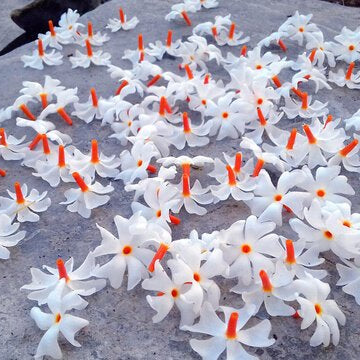
Available 24/7
Available 24/7

It is known as Holy Basil in English and Tulasi in Sanskrit. Other names used for the Tulsi are Manjari, Krishna Tulsi, Trittavu, Tulshi, and Tulsi.
Tulsi is one of roughly 60 species of the genus Ocimum, the basil genus. Within the Tulsi family, there are several kinds grown in India. Most varieties are native to India, including the foothills of the Himalayas; they are also found throughout the Middle East.
Tulsi is grown as an annual herb in temperate climates that may grow to a height of three feet. The root grows as a branched taproot.
The stem has a square or quadrangular shape characteristic to Lamiaceae plants and is branched, green to red with a fine layer of pubescence. The leaves are opposite, simple, ovate, serrate and petiolate.
The flowers grow in a verticillaster inflorescence and are complete with a blue to purple color.
There are four types of tulsi mentioned in ayurvedic texts
Although all three types of Tulsi have their uses in Ayurveda, the Rama and Krishna are the most widely used.
Buy Tulsi Plant | View Details
Also known as 'Krishna or Shyama Tulsi', the Purple leaf tulsi is famous for its peppery, crisp taste. It comprises purple-colored leaves and dark stems. Although it is grown in many regions in India, it is relatively more difficult to find than the green varietals. Purple leaf Tulsi is known to be beneficial to treat throat infections, respiratory system, nasal lesions, earache, and skin diseases.
Buy Tulsi Seeds | View Details
Also known as 'Rama Tulsi', Sri or Lakshmi Tulasi, Ocimum tenuiflorum, Ocimum sanctum, the Green Leaf Tulsi is known for its cooling, mellower taste. This variety of Tulsi is found in China, Brazil, Eastern Nepal, as well as in Bengal, Bihar, Chatgaon, and the southern states of India.
All the parts of the plant emit a strong aroma. Ram Tulsi has a characteristic fragrance. Crushing its leaves between the palms releases a stronger fragrance than other varieties of Tulsi.
Buy Tulsi Seeds | View Details
Vana Tulsi is found in the Himalayas as well as the plains of India, where it grows as a naturalized plant. Vana Tulsi is also cultivated and grows wild throughout Asia and Africa.
Buy Tulsi Plant | View Details
Kapoor is the short, annual, heavily-flowered plant that was originally introduced to the US as "Holy Basil," and it is the most common type found in cultivation here in the US. It is the easiest to grow, following standard basil culture, and it is a big attractor of bees.
Cultivation methods
Medicinal uses
Tulsi has great medicinal value. For centuries, Tulsi (the queen of herbs) has been known for its remarkable healing properties.
Other uses
Many people wear Tulsi beads, which are said to have certain physical and medicinal properties. Its wood is considered more powerful than any other gem and helps protect one from negative influences. One can also buy several handicraft jewelry items made of Tulsi wood.
Cultural Importance
Tulsi is the sacred plant dear to Lord Vishnu. Tulsi symbolizes purity and is considered as a holy plant in the Indian subcontinent. Tulsi got its name from Tulasi Devi, who was one of Lord Krishna's eternal consorts.
In India, people grow Tulsi as a religious plant and worship it. Its leaves are used in temples for worship purposes and also on several occasions such as marriage.
A Hindu house is considered incomplete without the Tulsi plant in the courtyard. Tulsi is believed to promote longevity and lifelong happiness. Hindus perform special Tulsi puja in the Kartik month, which starts after Sharad Poornima.
It is the time of the Tulsi vivah (marriage) when Tulsi is decorated and colored as a bride.
Even today, people in India maintain a potted Tulsi plant. The women water the plant, light up the diya near it, and worship it daily. The stems, leaves, seeds, and even the soil are considered holy.
According to ancient texts, Tulsi is glorified as the one who helps in bringing people closer to the divine.
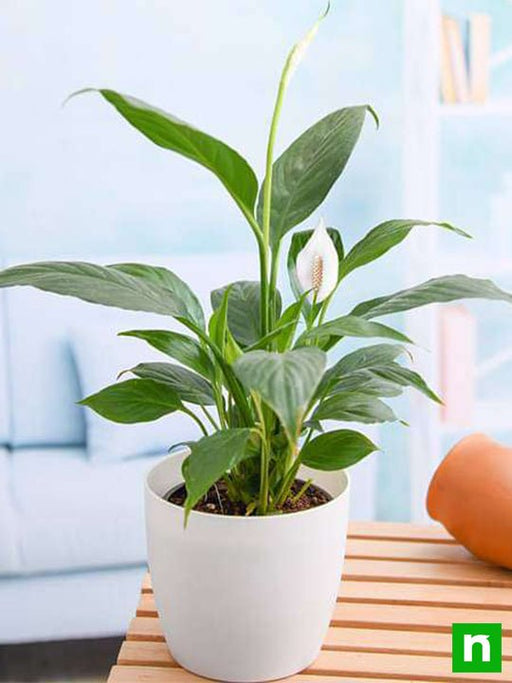
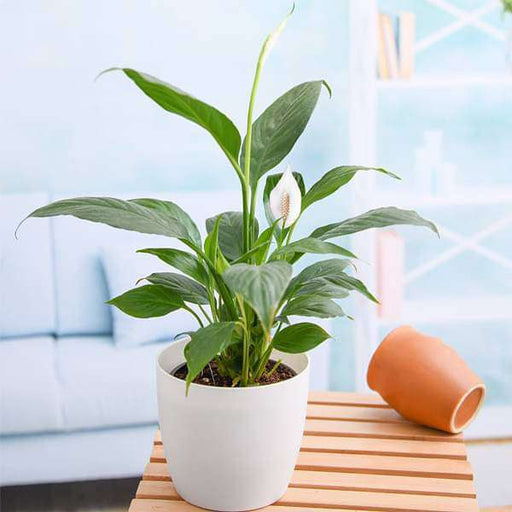 Save up to 15%
Save up to 15%
DescriptionPeace Lily Plant is a very popular and very rare indoor flowering houseplant. It is also an excellent air purifier plant.What makes it s...
View full details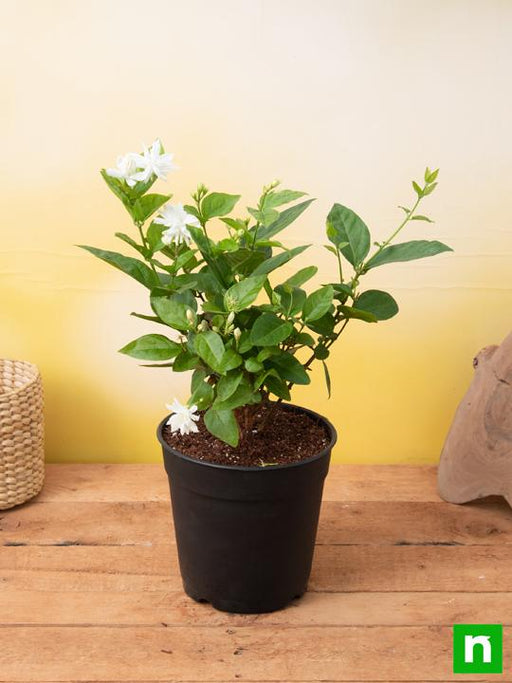
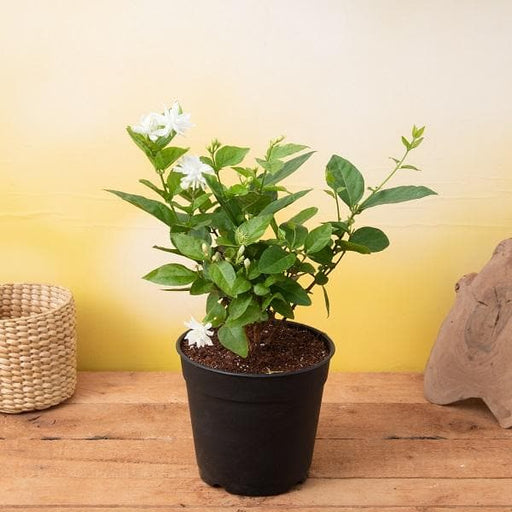 Save 20%
Save 20%
DescriptionFlowers make intimate connections they increase our connectivity with family and friends. Mogra plant is famously known as Jasmine flowe...
View full details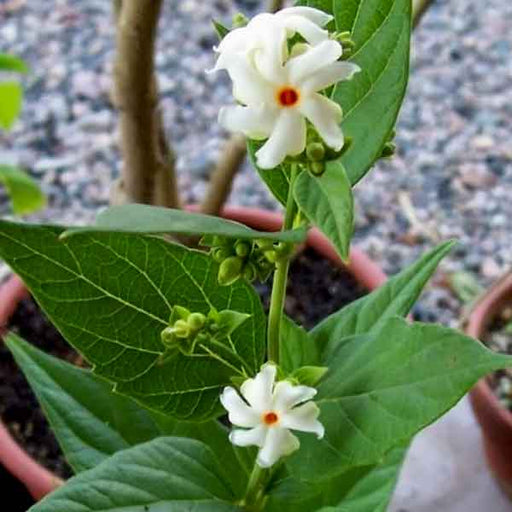
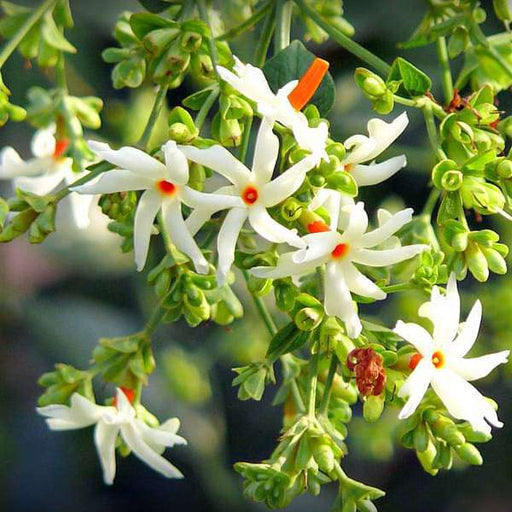 Save 14%
Save 14%
DescriptionHave you ever stumbled upon a tree that made you stop and stare?A tree that seemed to possess a beauty so rare that it made you question...
View full details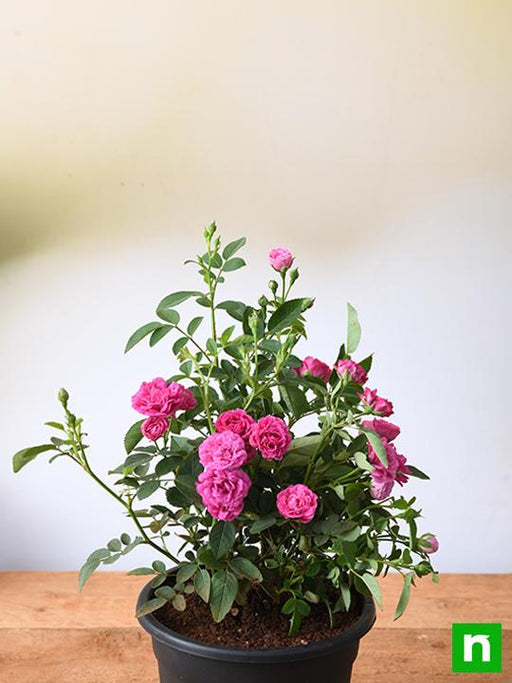
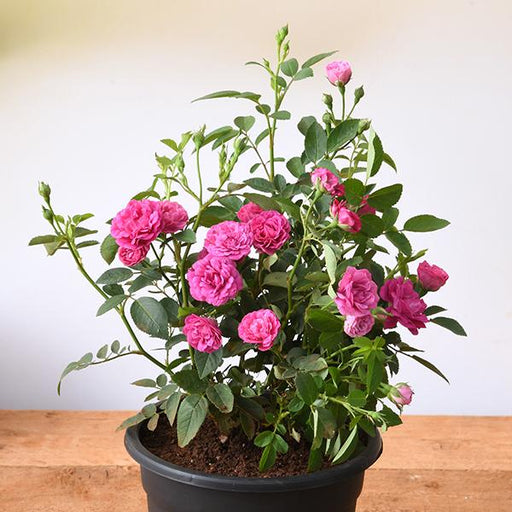 Save 14%
Save 14%
DescriptionButton Rose is a perennial flowering shrub plant. Roses are best ornamental plants.What makes it special: One of the best flowering plan...
View full details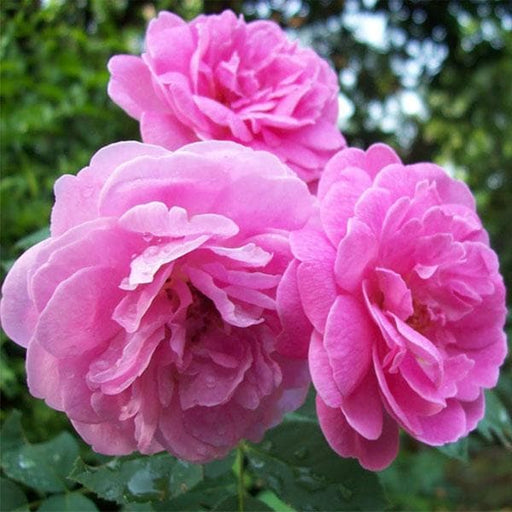 Save 20%
Save 20%
DescriptionDamascus roses are known for its distinct fragrance. Enjoy the real and oldest scent of rose. The Damascus rose is a deciduous shrub gr...
View full details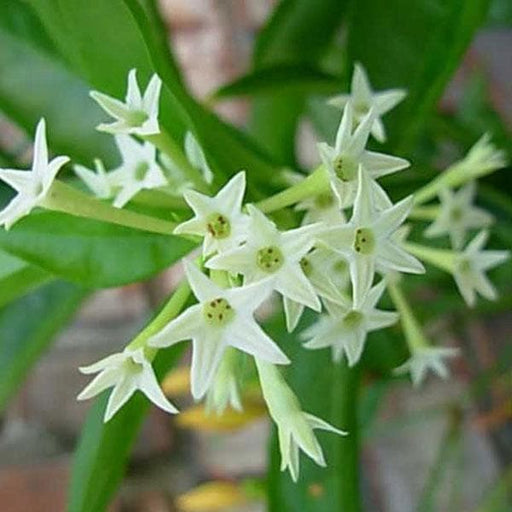
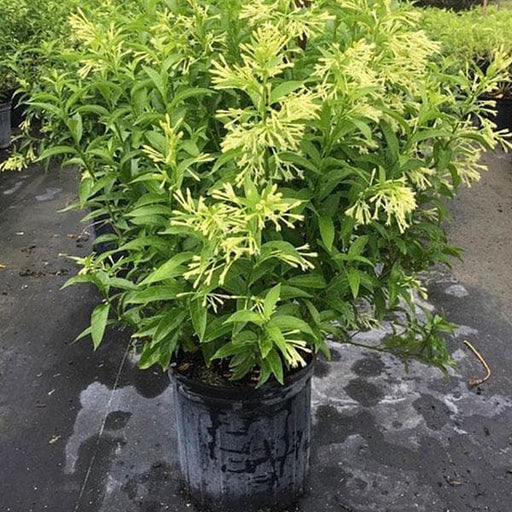 Save 14%
Save 14%
DescriptionFlowers are the best and liveliest source of the good smell So, if you are thinking of growing flowering plants in your garden then you ...
View full details Save 45%
Save 45%
Description Pack of 4 succulents that are very easy to care for. A perfect pack to start growing plants worry-free. About You get 4 succulent plant...
View full details Save 45%
Save 45%
Description Pack of 4 succulents that are very easy to care for. A perfect pack to start growing plants worry-free. About You get 4 succulent plant...
View full details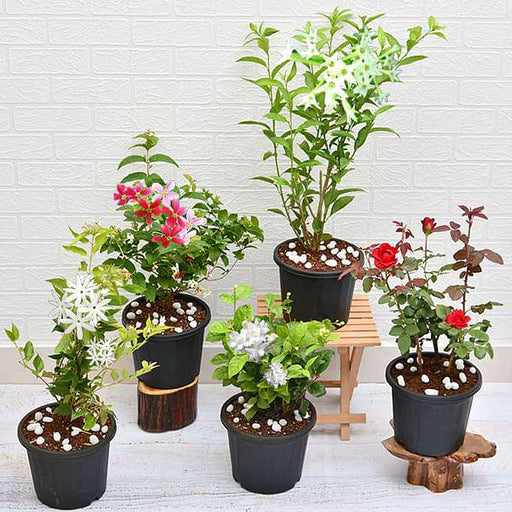 Save 12%
Save 12%
DescriptionAromatic plants bring into a room or house an often overlooked benefit. These plants have a pleasant scent.About You plant a hope when ...
View full details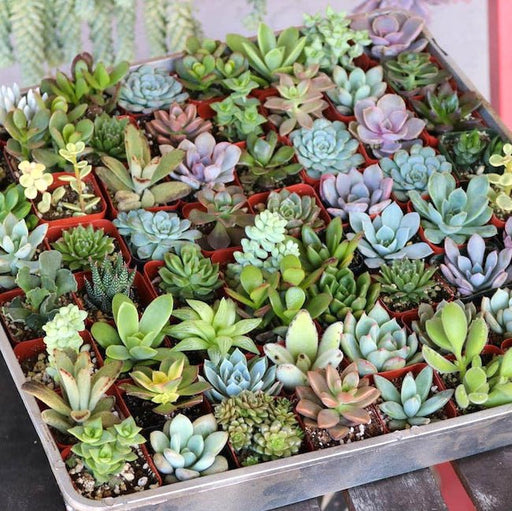
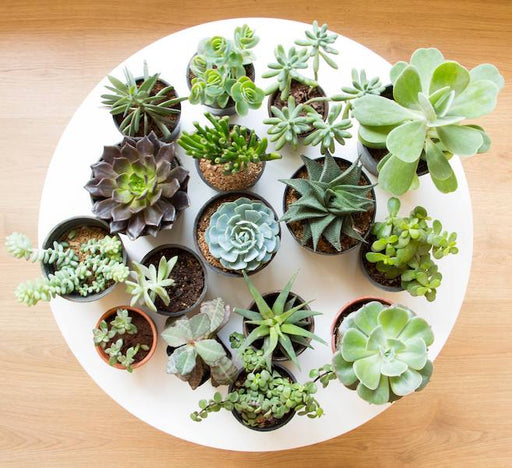 Save up to 50%
Save up to 50%
DescriptionIf you long for indoor greenery but have not succeeded with houseplants, consider these beautiful succulents. A perfect pack to start gr...
View full details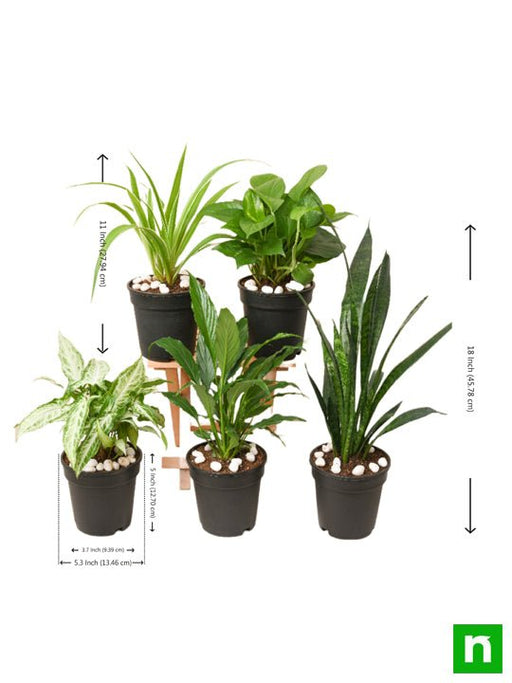
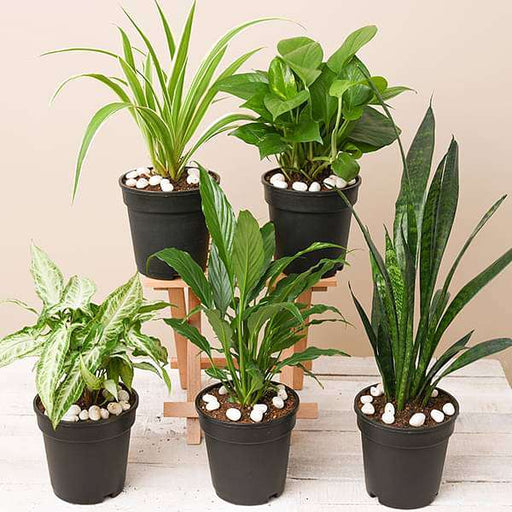 Save 21%
Save 21%
DescriptionThis plants pack contains amazing 5 houseplants + 5 Pots. Surround your home with these best pollution killer plants for a clean and hea...
View full details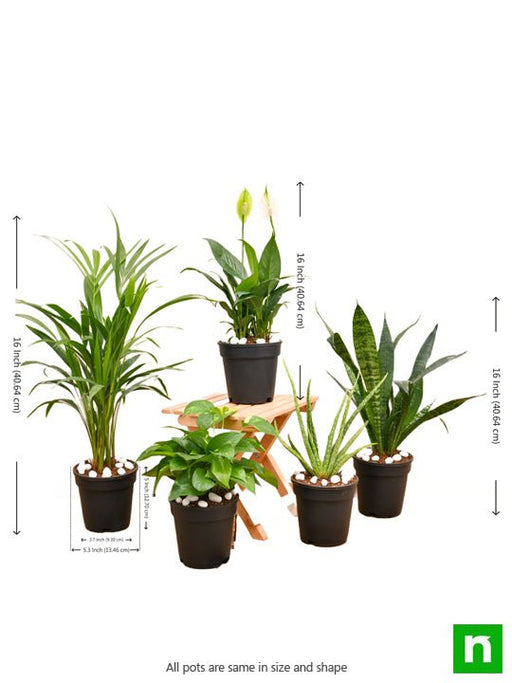
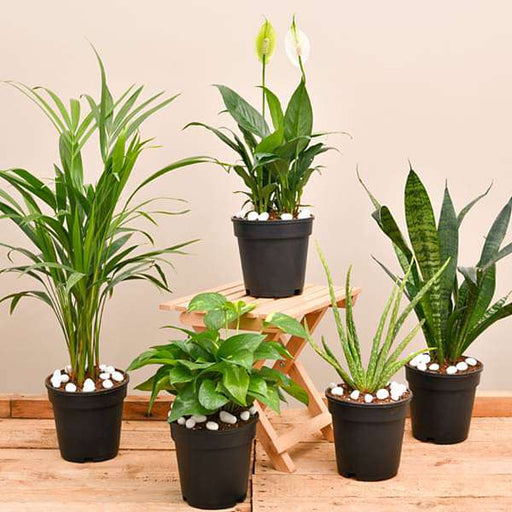 Save 20%
Save 20%
DescriptionIf you or anyone from your family wants to breathe fresh air, cleaner air in their homes, this 5 plants pack purify the air around and r...
View full details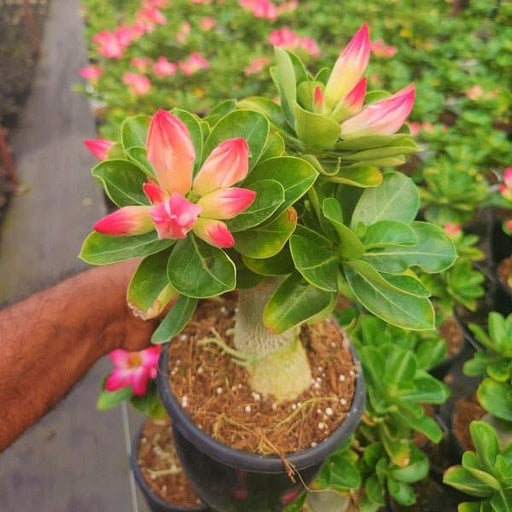
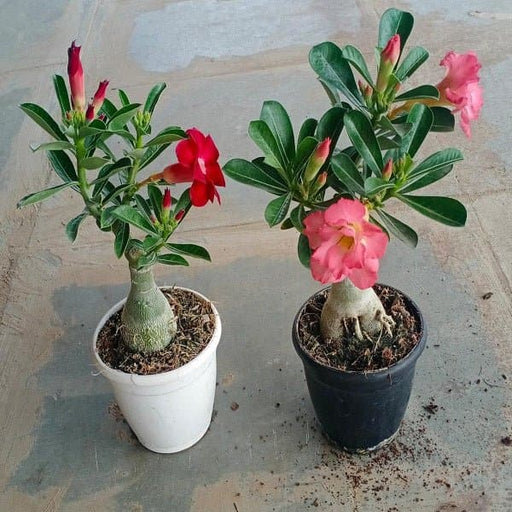 Save 40%
Save 40%
DescriptionSet of 2 Bonsai Looking Grafted Adenium PlantsAbout You get 2 Bonsai looking hardy grafted Adenium plants in a single pack.Plants are k...
View full details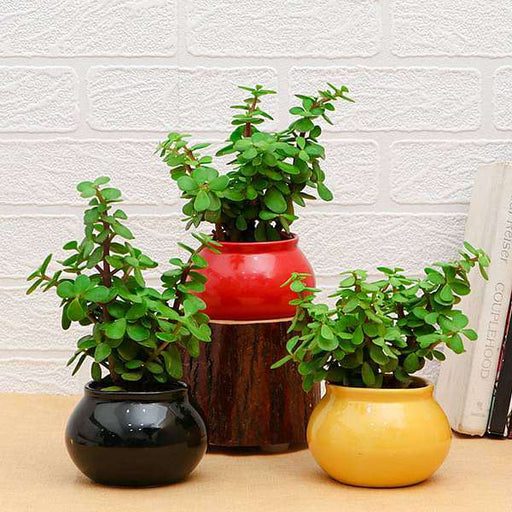 Save 22%
Save 22%
DescriptionThe Jade plant is an extremely popular succulent houseplant with fleshy leaves. According to popular belief, these plants will bring goo...
View full details
Comments
Leave a comment